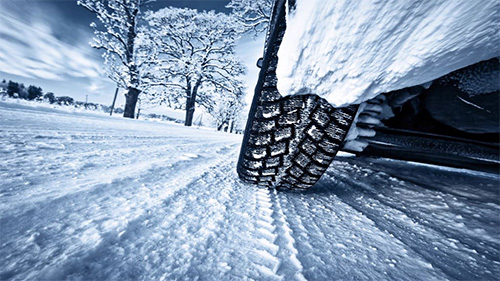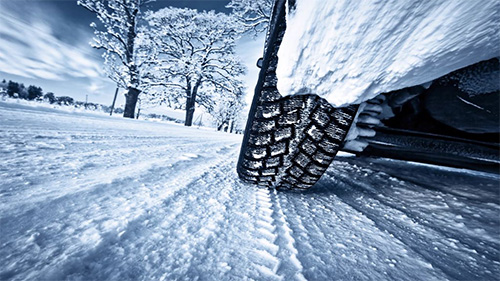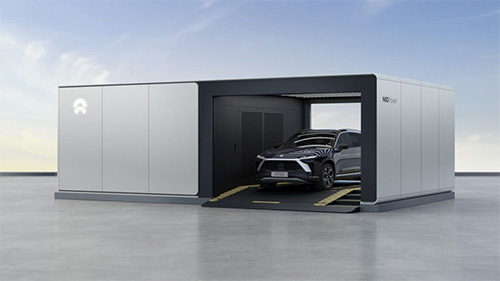Manual Driving in Snow: Techniques to Prevent Wheelspin

Driving in snow is a test of skill, patience, and finesse—especially in a stick-shift vehicle where every clutch bite and throttle tweak can tip the balance between smooth progress and frustrating wheelspin. Wheelspin occurs when your driven wheels lose traction and spin freely, digging into soft snow or sliding on glazed ice. In a manual car, wheelspin often stems from overly aggressive throttle application or abrupt clutch engagement. When wheels spin, you lose forward momentum and gain nothing but ruts or a deeper bog. Worse, spinning wheels can rapidly heat tires and accelerate wear, compromising grip when you need it most.
Pre-Drive Preparations: Setting Yourself Up for Success
Before you even touch the clutch, there are steps to minimize wheelspin:
Tire Choice and Pressure
Fit winter tires or all-season tires rated for snow. Their softer rubber compound and deeper tread channels evacuate water and slush far better than summer tires.
Maintain tire pressures at the manufacturer’s winter recommendation—a slightly lower pressure (around 1–2 psi down) can increase the tire’s contact patch, boosting grip on soft snow.
Weight Distribution
In rear-wheel drive cars, placing sandbags or ballast over the driven axle helps improve traction. Front wheel drive vehicles usually have enough weight over the front tyres, but ensure your trunk isn’t empty to avoid oversteer surprises.
Traction Aids
Keep a set of tire chains or snow socks in the boot. Even a few meters of chain-equipped traction can help you break free if you do get stuck.
In-the-Moment Techniques: The Smooth Operator’s Arsenal
1. Feathering the Clutch
When starting from a standstill, slip the clutch slowly to find the “biting point”—that sweet spot where the clutch plates begin to engage. Holding the lever just above this point lets you apply gentle throttle without dumping full power through spinning wheels. Think of it as a slow-release valve: the more gradual your clutch movement, the less abrupt torque gets to the wheels.
2. Gentle Throttle Modulation
Flooring the throttle is the fastest way to induce wheelspin on snow. Instead, use small, incremental throttle inputs. Tap the accelerator lightly to build momentum, and if you feel a wheel begin to slip, ease off immediately. Modern drivers sometimes lift-and-feather the throttle—quickly lifting off to regain traction, then reapplying just enough to continue moving.
3. Lower Gears for More Control
Although it seems counterintuitive—using first gear with its higher torque multiplication—first gear actually offers more precise control at very low speeds. The engine revs higher for a given speed, giving you finer throttle response. However, if first gear still feels too grabby, slipping into second gear can reduce torque further, at the expense of slower acceleration. Choose the gear that lets you maintain a steady crawl without feeling like the revs will spike uncontrollably.
4. Maintaining Steady Momentum
When cresting small hills or crossing slippery patches, resist the urge to brake or accelerate suddenly. Instead, approach obstacles at a constant, moderate speed. Momentum is your friend; a smooth, unwavering pace prevents the car from stalling mid slope and avoids torque spikes that trigger wheelspin.
Driving a manual car in snow isn’t about brute force; it’s a lesson in subtlety. Each clutch release, each throttle nibble, each gear selection weaves together to keep you rolling rather than sliding. As you develop a sensory connection to your car—feeling the clutch’s friction point, hearing tiny shifts in engine tone, sensing minute slip at the rubber road interface—you become a conductor of traction. The white world outside may be still and cold, but inside your car engine, you orchestrate motion with the greatest of care.
Next time winter arrives, embrace the challenge. Practice these techniques in a safe environment, and you’ll transform snow from a hazard into a playground—one where your manual driving skill shines brightest, wheelspin a thing of the past.







